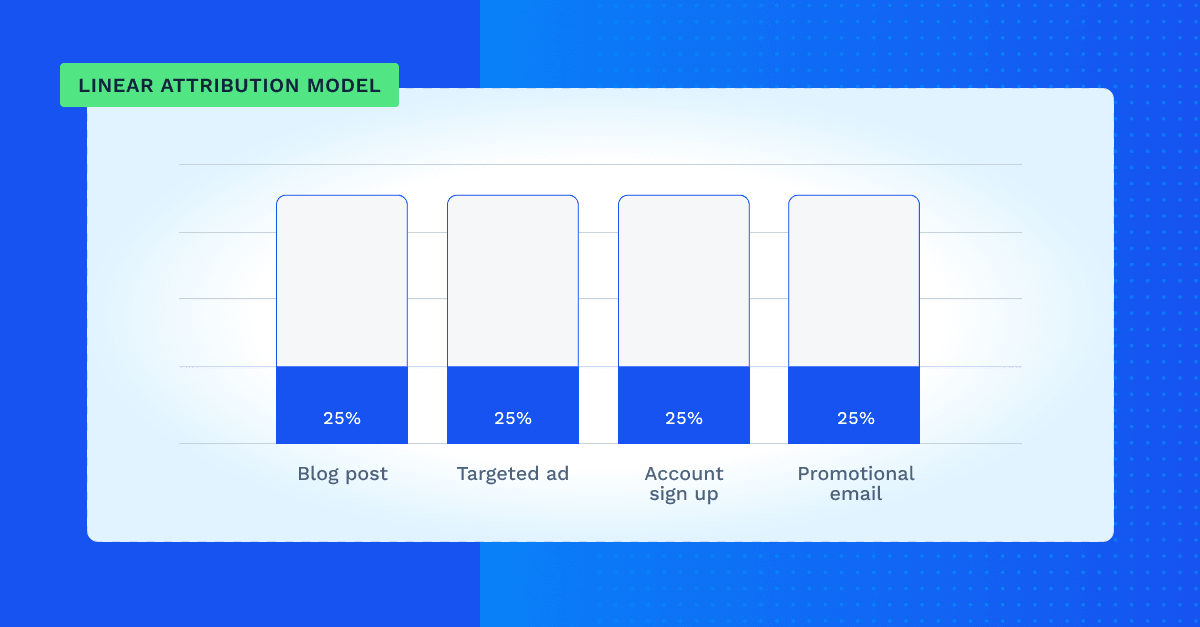How to reduce customer acquisition cost
Improving CAC means optimizing your marketing efforts so you can attract the most customers with the lowest marketing spend.
Marketing channels and pricing
Marketers have the most control over formats and channels they use to advertise their product and generate brand awareness, and the price they set for their products. Carefully monitoring the costs and payoffs of each helps marketers reduce CAC.
Across all industries, account-based marketing and radio and TV advertising generate higher CACs than content marketing, email marketing, and social media marketing.
Paid advertising is usually more expensive than organic social media marketing, but can provide a more targeted audience likely to purchase.
Advertising costs vary by market, region, country, city, and medium. TV advertising and billboards that reach a broad audience are usually more costly than digital ads on Google, for example.
Outbound cold calls may be less costly than a content marketing strategy that relies on a long-term strategic SEO play.
A calibrated inbound lead strategy may cost less than paid advertising that generates more leads but fewer qualified leads.
Product and brand quality
Another factor is customer service and product quality. While these elements are usually beyond the purview of the sales and marketing teams, a product that delivers as advertised and is backed by proficient, accessible customer support generates customer loyalty, increasing CLV. Satisfied customers are often the best brand ambassadors. Positive case studies and customer referrals are less expensive ways to lower CAC than programmatic marketing campaigns.
Reducing CAC through accurate data-driven targeting
Accurately targeting your marketing efforts and retargeting potential customers will help improve your lead quality, conversion rates, and customer retention, enabling you to reduce your customer acquisition costs.
Lead quality - By studying historical data about which leads have converted to paying customers and which paying customers spend the most money or make purchases most frequently, marketers adjust their lead-generation strategies and lead qualifying criteria. High-quality leads not only help lower CAC by shortening the sales cycle, they can also increase CLV.
Conversion rate - To turn more prospects into leads and more leads into customers, marketers analyze website data and track customer and buyer journeys. A/B testing of CTAs, navigation, and ad targeting can improve conversion rates. Measuring organic inbound traffic, time on page, and gated downloads can inform decisions about content marketing and SEO.
Customer retention - In general, it costs less to keep a customer than to find a new one. Data-driven customer loyalty programs that reward repeat purchases, referrals to new customers, or incentives to inactive customers are three popular tactics for reducing churn and increasing repeat business.
The more you know your ideal customers and the more accurate your customer personas and customer segmentation models, the better you’ll be able to focus your efforts efficiently and profitably, market to people, and market through channels that provide the best ROI.
Knowledge about your prospects’ and customers’ behaviors, preferences, and motivations begins with collecting accurate and comprehensive customer data, and storing that data in a single, secure location. Such targeting efforts can get a boost from software such as composable customer data platforms that enable you to activate the customer data in your data warehouse and use it for customer journey orchestration and to make data-informed choices about marketing content and channels.






